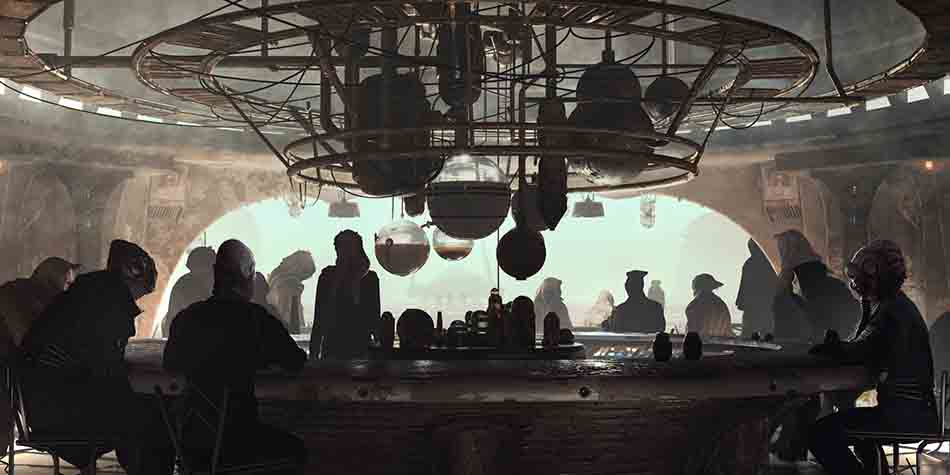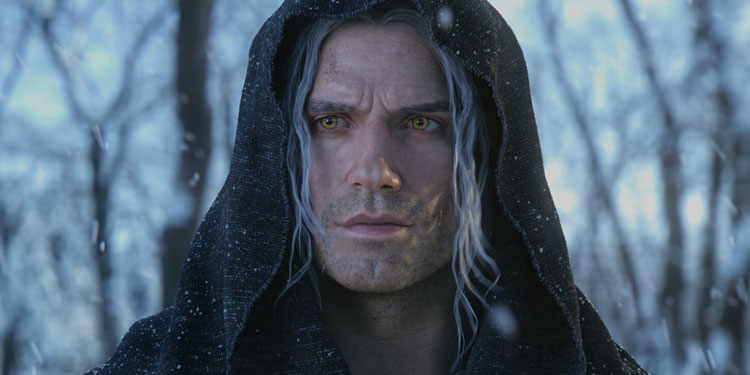Today, we have the pleasure of speaking with Ayana Kubota, the talented artist behind AYANA-ART. Ayana’s work has reached audiences far and wide, and her rich portfolio includes contributions to both Japanese and international video productions. Her recent projects include acclaimed productions such as “Golden Kamuy,” “Transformers: Beast Awakening,” and “Heart of Stone.”
Beyond her professional endeavors, Ayana dedicates her free time to personal art projects, continuously honing her craft and exploring new creative avenues. Let’s explore her journey and discover what inspired her to become a digital artist.
Background and Inspiration
Please give us a brief introduction of yourself.
I am Ayana Kubota, the operator of AYANA-ART. I typically receive work from Mr. Sato at OTAS.TV, and I am involved in domestic and international video production. Recently, I have participated in productions such as “Golden Kamuy,” “Transformers: Beast Awakening,” and “Heart of Stone.” In my free time, I work on my personal art projects.
How did you get started with digital art? What made you want to become a digital artist?
When I was a student, seeing the full CG commercial for Final Fantasy VIII on television was a turning point for me. I was astonished and thought, “Can there really be such realistic and beautiful visuals in this world?” Of course, I played Final Fantasy VIII all the way through and saw various full CG scenes, which deepened my interest in video production.

Who are your favorite artists or inspirations, whether they work digitally or not?
My favorite artists are Beeple, Banksy, Curry Tian, and Sasha Vinogradova. I draw inspiration for my creations randomly from images on Pinterest and Behance.
Creative Process
Can you explain how you create your art, from the idea to the finished piece?
- I collect a large number of images that catch my interest from Pinterest and Behance and compile them all in Milanote (something like a digital notebook) to explore what I currently want to create.
- While drawing inspiration from parts of the images I like, I sketch multiple designs in my notebook.
- I scan these and trace them in Illustrator to create paths, then import them into Cinema4D to turn them into objects. When I get tired of creating objects, I try out lighting, apply temporary textures, or animate them, continuously refining them to keep my hands moving.
- Once the objects, animations, textures, and lighting are completed, I add camera animations and render.
- The rendered files are imported into After Effects, where I perform color correction and add elements like FOG and Dust to enhance the atmosphere, bringing it to its final quality.

What software, tools, or techniques do you use the most?
The software I often use includes Cinema4D, After Effects, and Illustrator. In my personal projects, I frequently use OctaneRender with Cinema4D, duplicating a plane about 200,000 times with Octane Scatter and applying random rotation animations to create sparkling glitter effects.
Octane Scatter is invaluable as it allows for duplicating many objects without significantly slowing down or burdening the scene data. In After Effects, I often use tools like Magic Bullet LOOKS and mix them with FilmConvert Nitrate to enhance the overall composition’s color tone beautifully.
How do you stay motivated and get past creative blocks?
Maintaining motivation can be surprisingly difficult, as there are temptations everywhere in this world. I keep a certain thought in mind to keep my motivation up. This is purely my personal theory, but it’s about “creating not for oneself, but for someone else (or for something).”
The rationale can be anything as long as it resonates with me, but I tend to get bored along the way when I think I’m doing it for myself. I start thinking, “Do I really need to go this far?”
At work, if I think I’m working for myself, I end up prioritizing my leisure time, thinking, “I’ve done what was asked, so that’s enough for today.” While having a clear distinction between work and leisure is good, what I consider sufficient might appear “half-baked” to the client.
When I think I’m creating for someone else, I feel driven: “I must do this. I need to keep moving. If I don’t materialize the plan in my head, it won’t be communicated or progress.” Beyond just doing what’s asked, I can sometimes see what the client really wants, and by addressing that, I can make them happy (though it tends to lead to overworking).

For personal projects, I keep practicing so that my skills don’t get rusty when work comes in. Sometimes, ideas that come to me during these projects can be useful later. I keep creating in my spare time, hoping it might be useful.
I aim to keep producing until I can see beyond the quality that the client expects, to add something extra, and to increase the likelihood of achieving that visibility.
When I hit a slump, I continue to think about what I can do with the project. I try to wring out ideas, even if they seem unlikely, and start working with my hands. It might be a common way to overcome it, but sometimes, ideas come to me unexpectedly while taking a bath or getting some sleep.
If these ideas work out when I shape them into form, I overcome the slump; if not, I keep thinking and working diligently until it takes shape. It’s all about exploring until it materializes.
Style and Themes
What makes your art unique? How would you describe your style and the themes you explore?
My art is characterized by a macro perspective, focusing on intricate details, especially in the minutiae of flower petals, which I enjoy crafting.
The style of my works often features floral motifs. A distinctive aspect is the embellishment of flowers and leaves with sparkling glitter, adding a touch of shimmer.
The theme I explore is not merely about replicating the beauty of flowers as they are but delving into the often overlooked parts, such as the veins of flowers and leaves. I focus on these areas, intensively designing them to see if I can present them beautifully and captivatingly.
「flower_cherry blossoms」Project
Let’s talk about 「flower_cherry blossoms」.
Where did you get the inspiration for this project, and how did you start it?
In spring, I wondered, “What flower should I create next?” naturally, I was drawn to cherry blossoms. I became curious about how the veins of cherry blossoms would look if I designed them myself, which inspired me to start working on this new project.
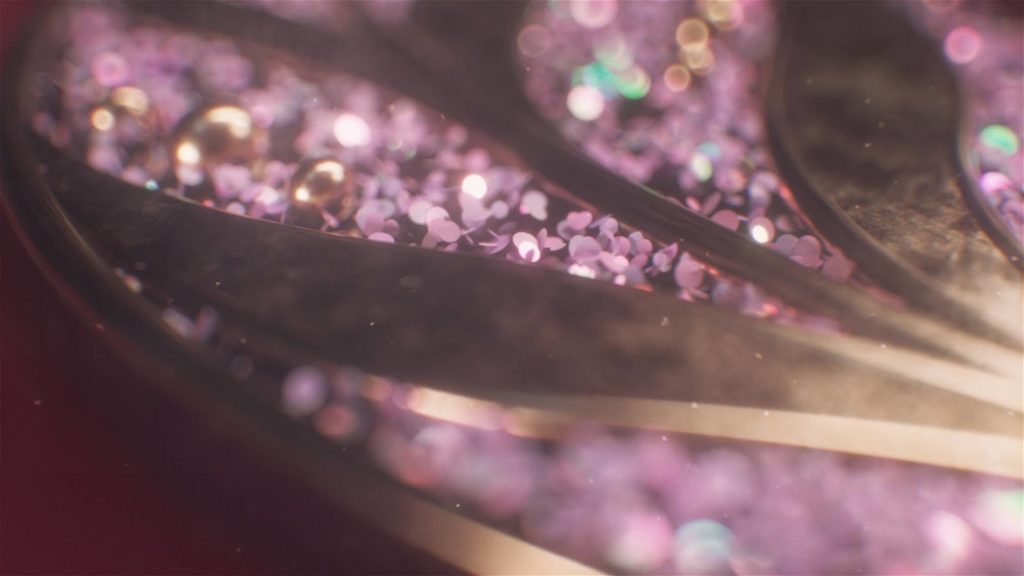
Can you explain the main elements and techniques you used?
I create and utilize elements such as the frames of petals, veins, mandalas on the ground, leaves, fruits, and abstract objects. The flowers and ground mandalas are formed by duplicating elements in Cinema4D using Mograph. The idea is to radially replicate a single object like a petal or mandala, eventually forming a unified shape.
Focusing on refining each petal and mandala part as an individual element before combining them is one technique I find particularly effective. This approach allows for intricate detail and cohesion in the final composition.
Challenges and Achievements
What’s been your proudest achievement as an artist so far?
When I’m able to understand others’ intentions and provide something even beyond their expectations, and they are delighted with the result, it truly feels like the ultimate fulfillment as a creator.
It feels great to think that I’ve been able to help my clients. It’s very rewarding.
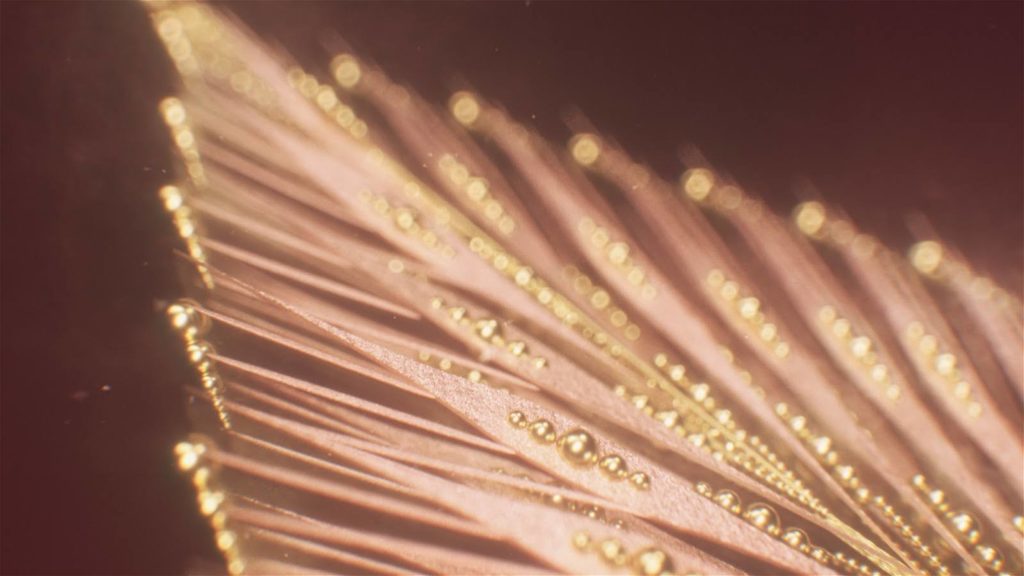
Advice for Aspiring Artists
What advice do you have for new digital artists?
For budding digital artists, the key lies in the dedication and persistence you put into your daily creative efforts. These efforts inevitably infuse your work with your unique style.
If you feel that you’re not a genius but want to improve significantly, the best approach is to persistently engage with your creations until you reach a level of skill that satisfies you (that’s the approach I follow). Continuity in this practice is also crucial. It’s said that habits can form if you can continue a routine for one to six months—I’ve been doing it for about seven years.
Work diligently on your creations! Of course, when you achieve your goals, remember to reward yourself with travel, tasty meals, or other treats.
How do you balance your art with other parts of your life, like work and family or personal time?
To be honest, I’m not really maintaining a balance. I spend most of my days holed up in my room in front of my computer. Besides eating meals with my family and handling work communications, I usually work on professional projects or personal creations in my room.
I rarely interact with friends (though I join them if they invite me and my schedule allows). Since I work on freelance projects, my work situation changes randomly, and due to my personality, it’s hard for me to relax completely.
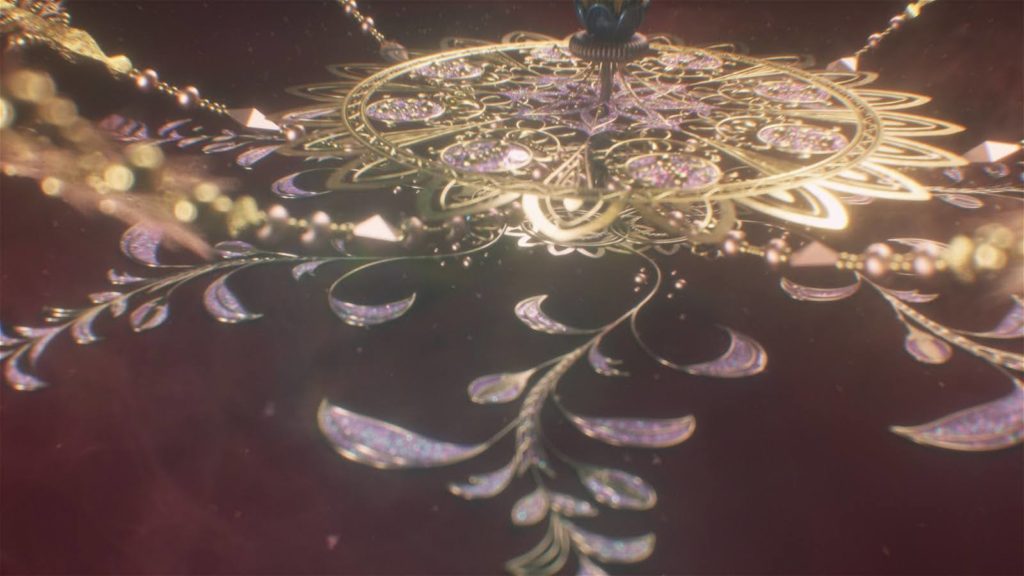
As a result of continuing this lifestyle, I’ve settled on the thought that it’s better to work on my creations during any free time I get, as it doesn’t inconvenience others and has the potential to grow, rather than forcibly arranging to hang out.
Occasionally, my family or relatives drag me out, which I’m grateful for. It’s a way for me to get some balance and appreciate their efforts to involve me in other activities.
Future Goals
What are your goals as an artist? Is there something specific you’d like to work on in the future?
As an artist, my daily goal is to create works of such quality that I would have no regrets, even if today were my last day. I strive to cherish each day and live without regrets. With this mindset, I am committed to giving my all to my artwork creation. This philosophy helps me stay focused and motivated, ensuring that every piece I create is something I’m truly proud of.

Conclusion
Ayana Kubota’s journey into digital art is a testament to the power of inspiration and passion. Sparked by a pivotal moment as a student, witnessing the groundbreaking CG in Final Fantasy VIII, Ayana has carved out a remarkable career in video production. Her contributions to major projects highlight her dedication and talent, significantly impacting the industry.
Stay updated on Ayana’s latest projects by following her on social media.
As she continues to explore new artistic horizons through her personal projects, Ayana’s story inspires aspiring digital artists everywhere. We look forward to seeing more of her innovative work in the future.
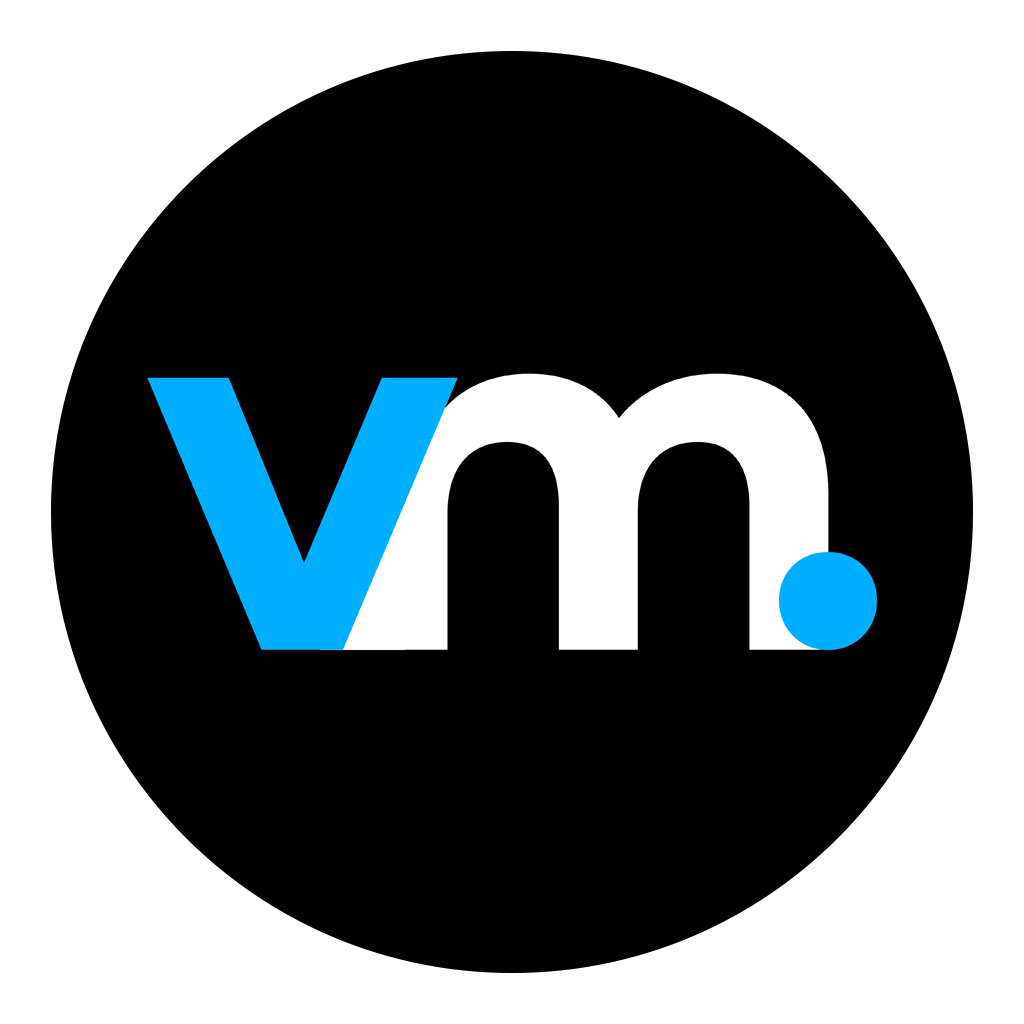
Keiko is a Partner Manager at Vertex Mode, where she supports the creation of high-quality content through strategic partnerships and effective collaboration.
